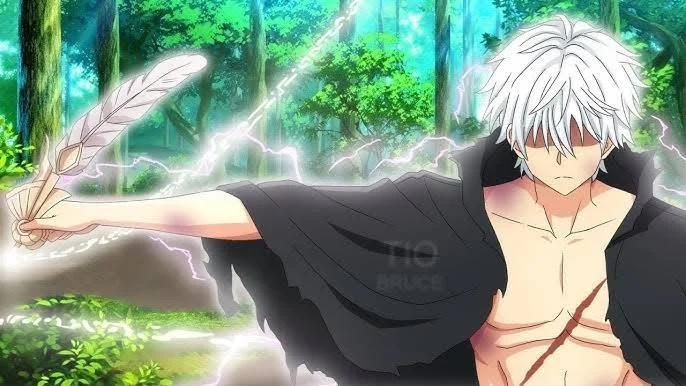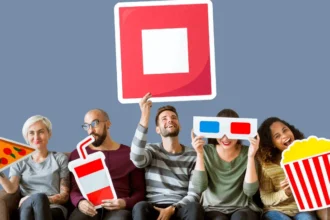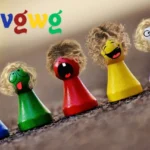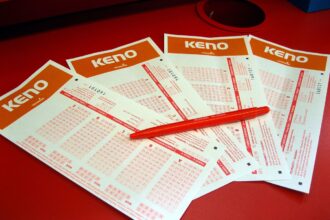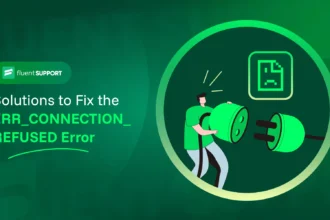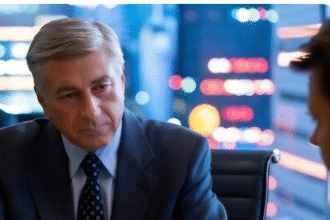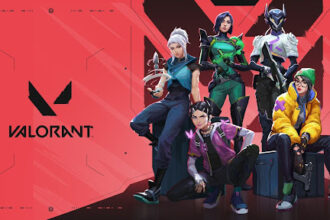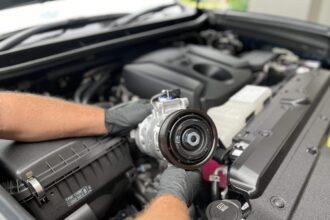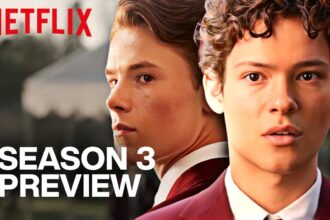Introduction to the Disowned Child
Every story has its heroes, but some tales are woven with threads of darkness and despair. Enter the world of “The Disowned Child: Chronicles Of Unleashed Divine Bloodlust.” Here lies a narrative that captivates and unsettles, exploring the tumultuous journey of those cast aside by society. These children carry within them a fierce power—a divine bloodlust that can either consume or liberate.
What drives this primal urge? What happens when it’s unleashed? The answers lie in the shadows, where pain meets potential. As we delve deeper into this exploration, prepare to confront uncomfortable truths about identity, acceptance, and what it means to be deemed an outcast. Let’s unravel these stories together and discover the strength hidden beneath rejection.
The Origins of Divine Bloodlust
The origins of divine bloodlust are as ancient as the myths that whisper through time. The Disowned Child: Chronicles Of Unleashed Divine Bloodlust Many believe it emerges from a deep-rooted connection to primal instincts. It’s often tied to stories of gods and monsters, where passion meets power in an explosive dance.
In various cultures, this fervor manifests when individuals face betrayal or loss. These emotions awaken something primal within them—a chaos yearning to break free. The disowned child becomes a vessel for this unleashed energy, channeling it into acts both devastating and transformative.
Some tales suggest that divine bloodlust is not merely destructive but also redemptive. The Disowned Child: Chronicles Of Unleashed Divine Bloodlust It can serve as a catalyst for change, pushing one toward self-discovery or revenge against those who wronged them. This duality makes the phenomenon complex, with roots embedded deeply in human experience—an eternal struggle between light and dark within us all.
The Consequences of Unleashing Divine Bloodlust
Unleashing divine bloodlust can lead to a dark transformation. Once released, it consumes the individual completely.
The thirst for vengeance overrides all rational thought. The Disowned Child: Chronicles Of Unleashed Divine Bloodlust Relationships crumble as trust evaporates like morning mist. Friends become enemies, and family ties fray under the strain of chaos.
Society often responds with fear and suspicion. A disowned child may find themselves isolated, pushed further into darkness by their newfound power.
Regret soon follows the initial thrill of liberation. The Disowned Child: Chronicles Of Unleashed Divine Bloodlust The aftermath is haunting—echoes of past choices linger long after the storm has passed.
Victims emerge from every confrontation, scars etched deep in both body and soul. The struggle between embracing this power or seeking redemption becomes an internal battlefield where peace feels unattainable.
As one grapples with these consequences, clarity often fades away like shadows at dusk—a constant reminder that wielding such force comes at a profound cost.
How Society Views the Disowned Child
Society often casts a shadow over The Disowned Child: Chronicles Of Unleashed Divine Bloodlust. They become symbols of failure in familial expectations. Many view them as rebellious or lost, failing to see the deeper struggles beneath the surface.
In schools and social settings, whispers follow them like shadows. Peers may label them as outcasts or freaks. Friendships can be fleeting, built on pity rather than genuine connection.
Media portrayals complicate this perception further. The Disowned Child: Chronicles Of Unleashed Divine Bloodlust The narrative usually highlights their anger and pain but rarely offers understanding or resolution. This leaves many feeling misunderstood and isolated.
Yet, despite societal rejection, some find strength in their experiences. They become resilient individuals who challenge stereotypes and redefine what it means to belong. There’s power in reclaiming one’s story amidst judgment and misunderstanding, transforming pain into purpose.
Coping with Being an Outcast: Personal Stories
Being labeled as the disowned child can feel like a heavy burden. The Disowned Child: Chronicles Of Unleashed Divine Bloodlust Many find themselves navigating life without a safety net, grappling with feelings of isolation.
Take Alex, who turned their pain into art. They discovered that painting was cathartic, providing an outlet for emotions too complex to articulate. Each stroke on canvas became a way to reclaim power over their narrative.
Then there’s Mia, who sought solace in literature. The Disowned Child: Chronicles Of Unleashed Divine Bloodlust Books transported her away from judgment and rejection, allowing her to connect with characters who understood her struggles—characters who were also outcasts seeking belonging.
Support groups emerged as lifelines for others like Jamie, where shared experiences fostered deep connections. In these spaces, vulnerability transformed into strength as stories wove together threads of hope and resilience.
Each journey is unique but echoes the same desire: finding peace amid chaos and embracing individuality despite societal rejection.
Finding Acceptance and Redemption
Finding acceptance begins within. The Disowned Child: Chronicles Of Unleashed Divine Bloodlust The journey is often fraught with challenges, yet it’s essential to embrace your unique identity.
It’s about acknowledging the pain of being a disowned child while recognizing the power that comes from your divine bloodlust. This realization can spark transformation.
Engaging with supportive communities can foster healing. Surrounding yourself with those who understand your struggle creates a safe space for growth and self-exploration.
Redemption does not come easily; it requires vulnerability and courage. Sharing personal stories allows others to see the depth of your experience, forging connections through shared understanding.
Turning pain into art or activism can be powerful. The Disowned Child: Chronicles Of Unleashed Divine Bloodlust Channeling emotions into creative outlets helps in processing trauma and inspires others facing similar battles.
Every step taken toward self-acceptance resonates deeply within you; each moment spent reclaiming your narrative is a testament to resilience.
Conclusion: Embracing Your True Self
Embracing your true self is a journey filled with challenges and triumphs. The disowned child often grapples with feelings of rejection, anger, and confusion. Yet within this turmoil lies the potential for profound transformation.
Finding strength in vulnerability can be liberating. The Disowned Child: Chronicles Of Unleashed Divine Bloodlust Accepting one’s unique path opens doors to healing and growth. No longer bound by societal expectations or familial constraints, there is freedom in exploring personal identity authentically.
True acceptance comes from within. It’s about recognizing that every experience shapes who we are meant to become. By embracing both light and darkness, we learn to wield our divine bloodlust wisely—transforming pain into power.
As you walk this path, remember: you are not alone. The Disowned Child: Chronicles Of Unleashed Divine Bloodlust Many have faced similar battles yet emerged stronger on the other side. Building connections with others who understand these struggles fosters resilience.
Allow yourself grace during moments of doubt or despair. Your history does not define your future; rather it serves as a stepping stone toward greatness.
Embracing your true self means celebrating all facets of existence—the beautiful chaos that makes life rich and meaningful.


